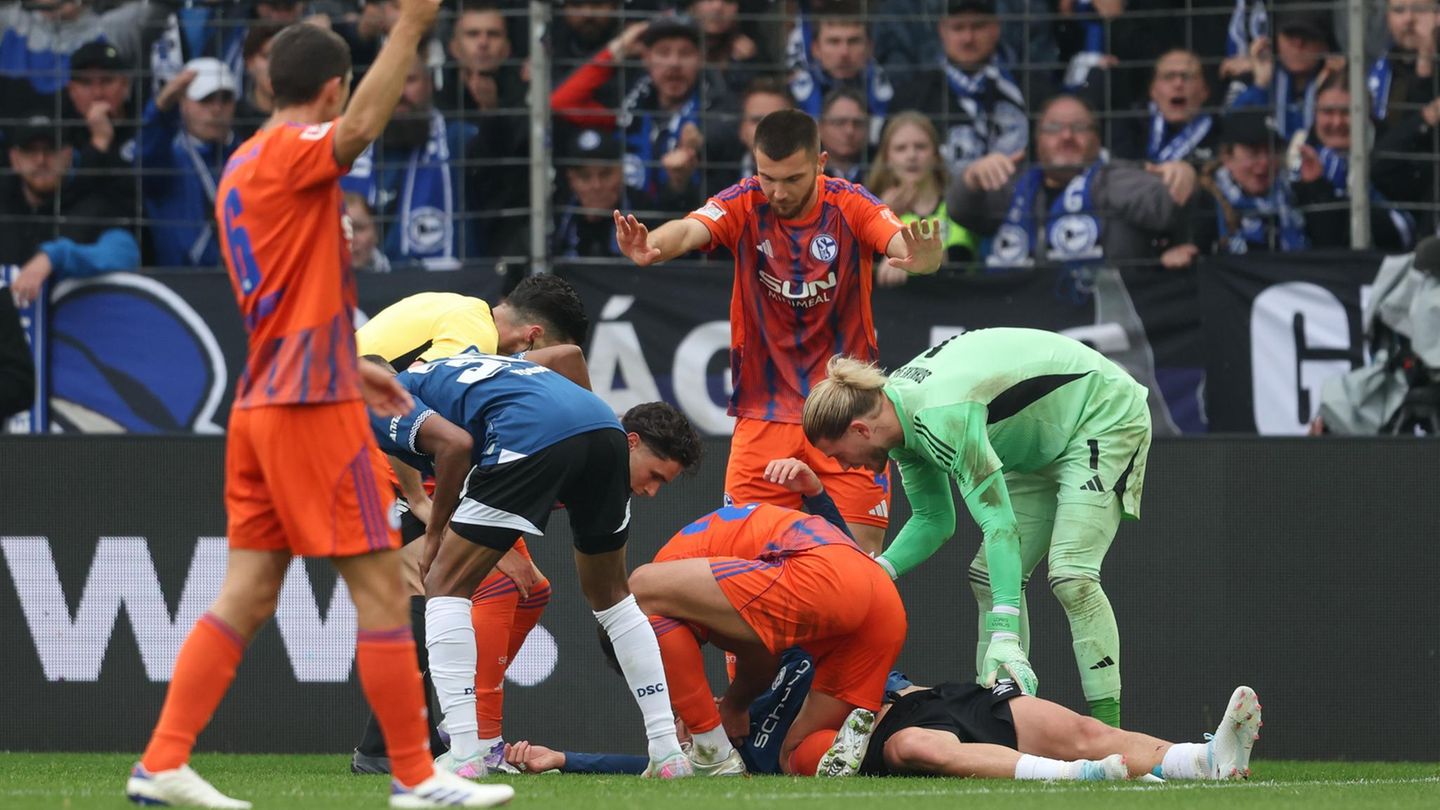As great as the satisfaction of the vast majority of their tenants is, according to a recent survey, those responsible for the LWG of the City of Linz view the general price pressure with great concern. The price increases for building materials would logically have an impact on new projects.
However, attempts are being made to intervene in a steering manner so that the rents can be kept “reasonably stable” through subsidies, said managing directors Wolfgang Pfeil and Nikolaus Stadler yesterday. However, there are guaranteed to be increases in operating costs, which cannot be prevented in view of the rising energy prices. Incidentally, 90 percent of the apartments are connected to district heating. It’s more sustainable, but it’s also more expensive.
“20 percent below market level”
For the non-profit housing developer, which offers around 20,000 apartments in Linz, it is cold consolation that it can score points with customers in terms of affordability (also a detail of the tenant survey). “Our rents are currently 20 percent below the market level,” said Pfeil.
The tenant survey, in which 1153 of 8000 customers selected by means of a random sample took part, forms the basis for the “Strategy project GWG 2030”. To do this, one must recognize the challenges of the time and adapt offers, City Councilor Dietmar Prammer (SP) is aware of his function as Chairman of the Supervisory Board. The survey also shows that it is not just about rental prices. After all, living has a lot to do with feeling good, and a loggia or balcony, a lift and accessibility as well as your own parking space are very popular with tenants.
Sustainability is seen as an important issue, especially when it comes to energy production. Photovoltaic systems are increasingly being installed not only in new buildings, but also in the renovation of existing residential buildings. In principle, people would also like more roof gardens and green roofs or facades, charging stations for e-mobility or car sharing offers in the district. With rentable premises in residential complexes, the need for home offices should also be taken into account.
“Many young, many older tenants”
Andreas Kattnigg, who accompanies the strategy project externally, considers it crucial that the mix of tenants is taken into account. There are many young people in GWG apartments, but also just as many older tenants. There was criticism yesterday from Security City Councilor Michael Raml (FP), who complained that the issue of violations of house rules was being swept under the carpet.
By the way: The average size of a GWG apartment is 61 square meters. Although younger people would prefer smaller apartments to start with, it is evident that today often only one person lives in 60 square meters where up to four people used to live. (rgr)
Source: Nachrichten




